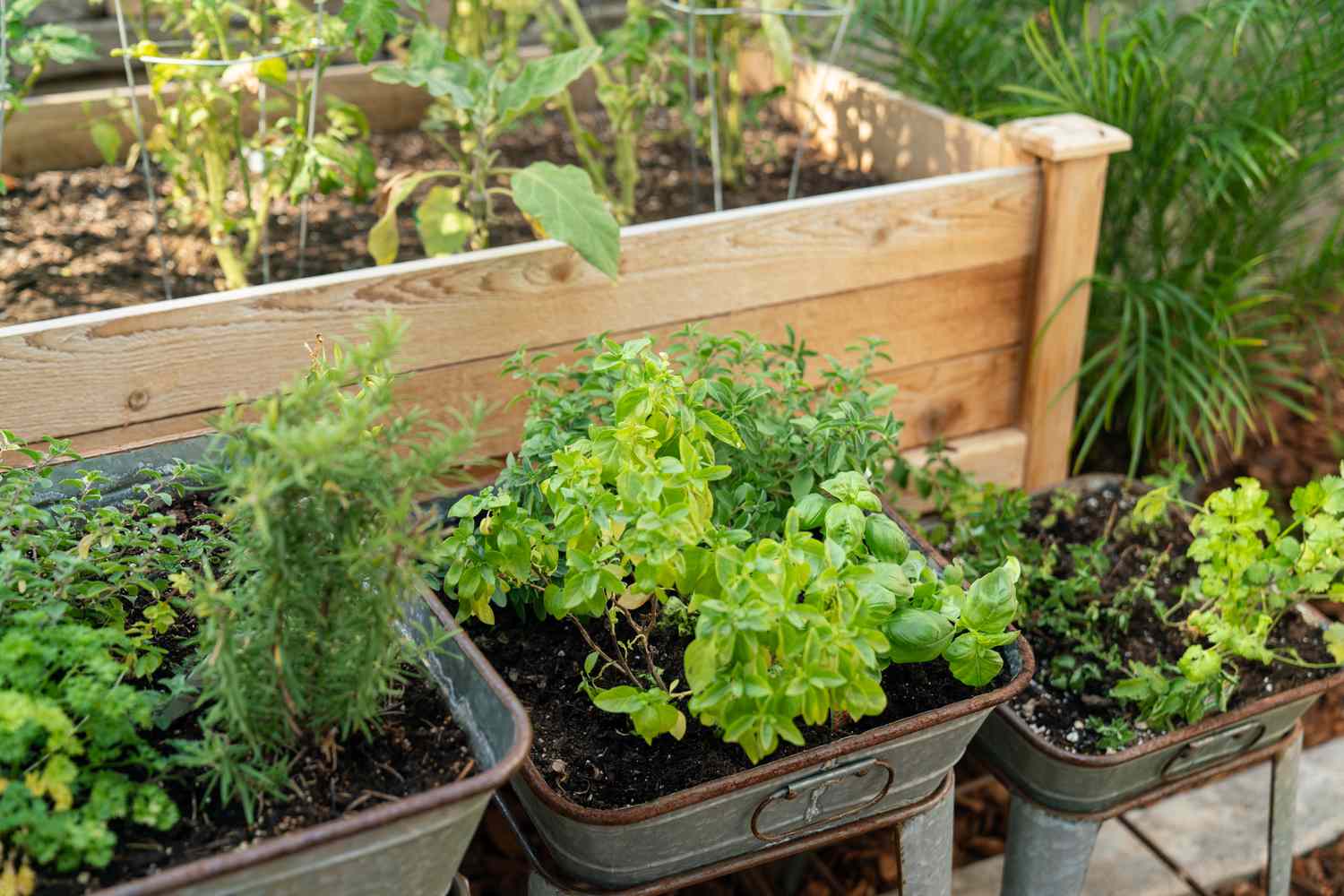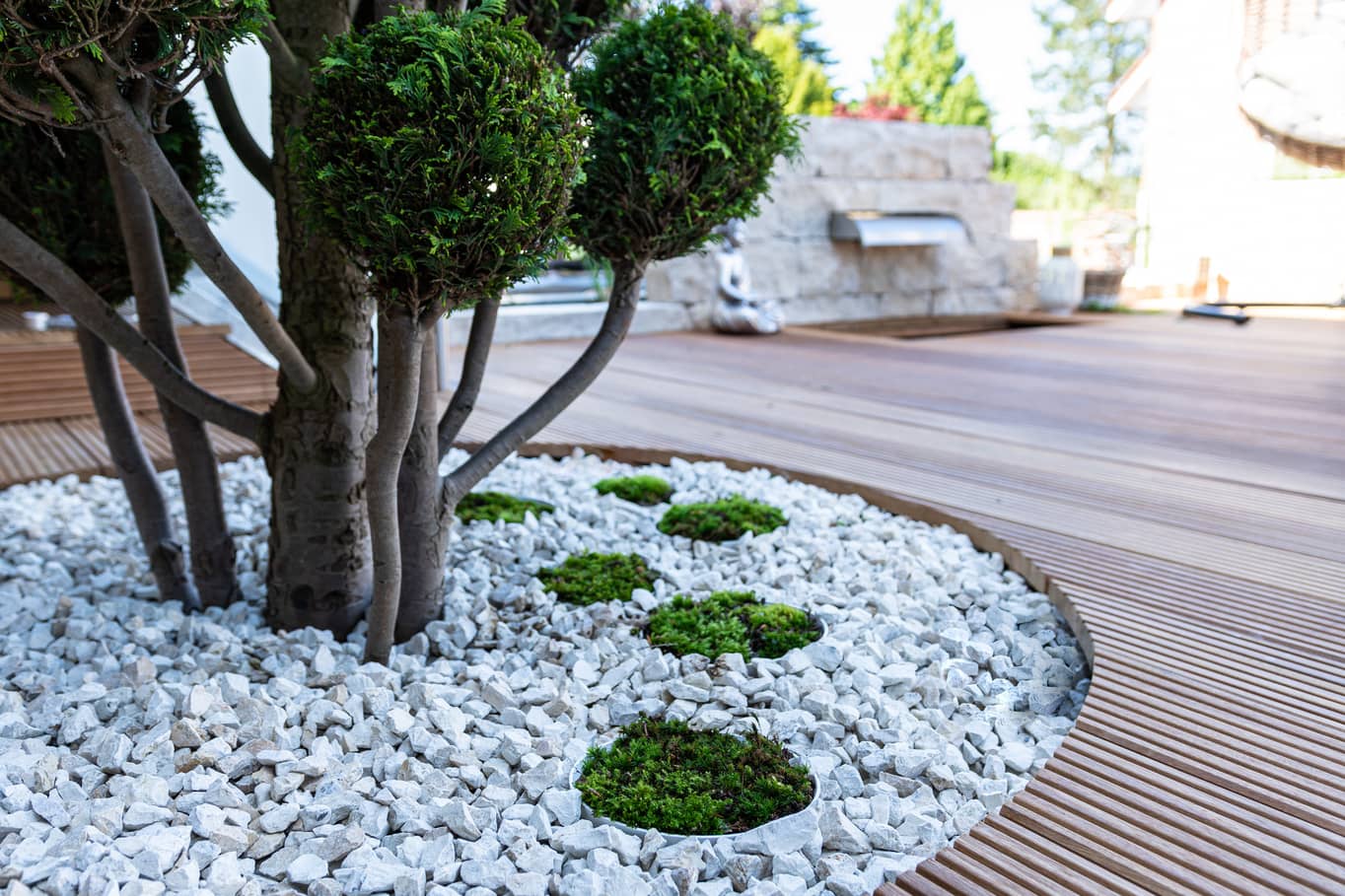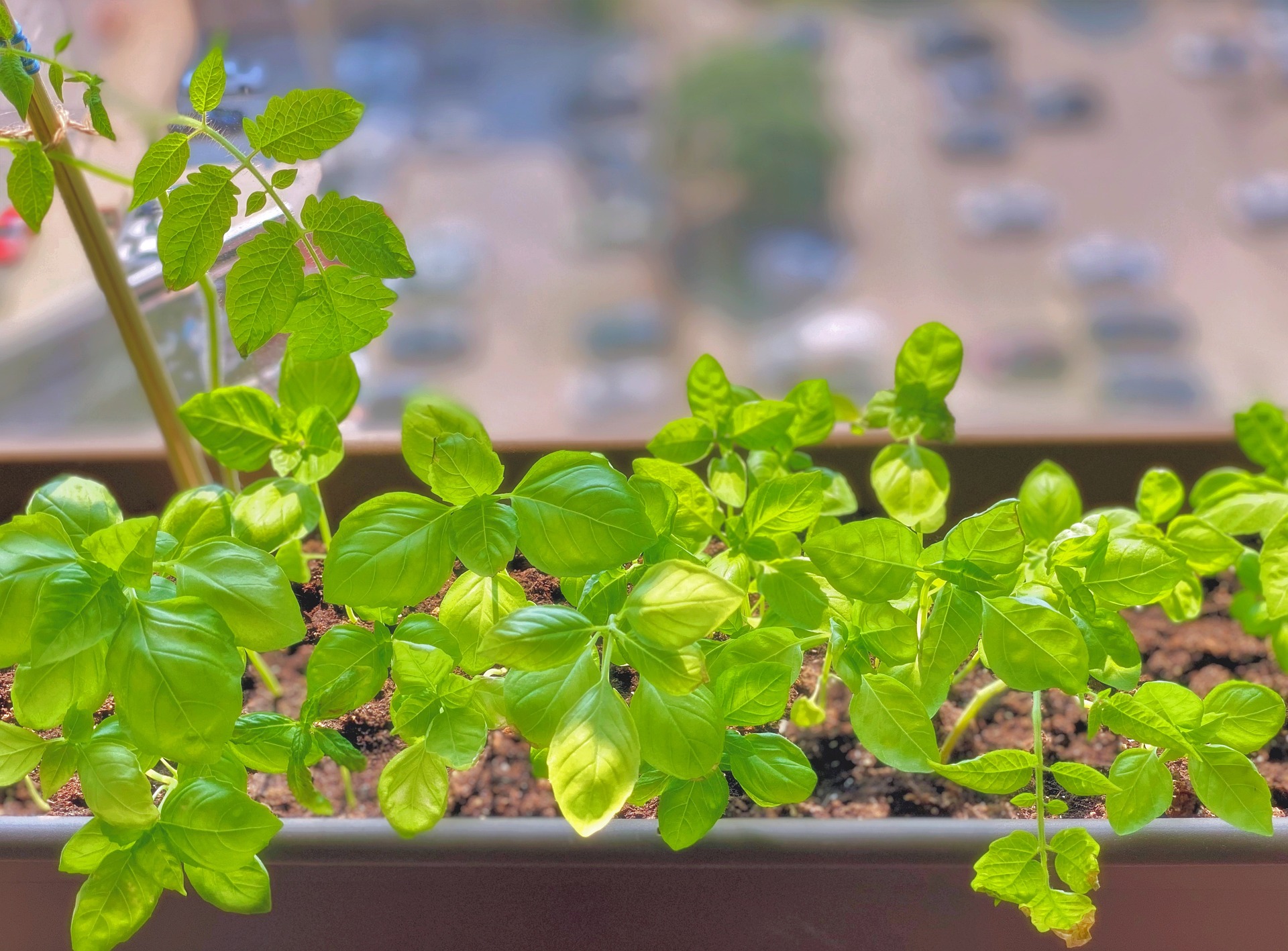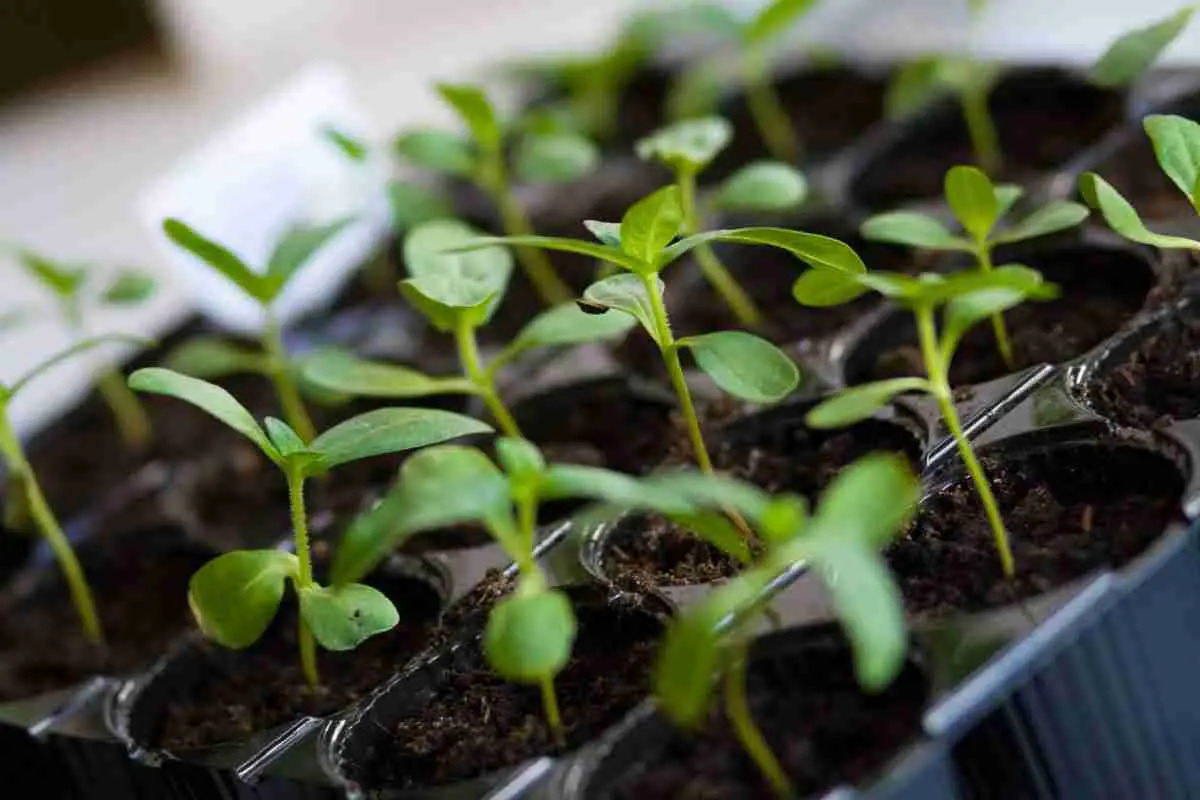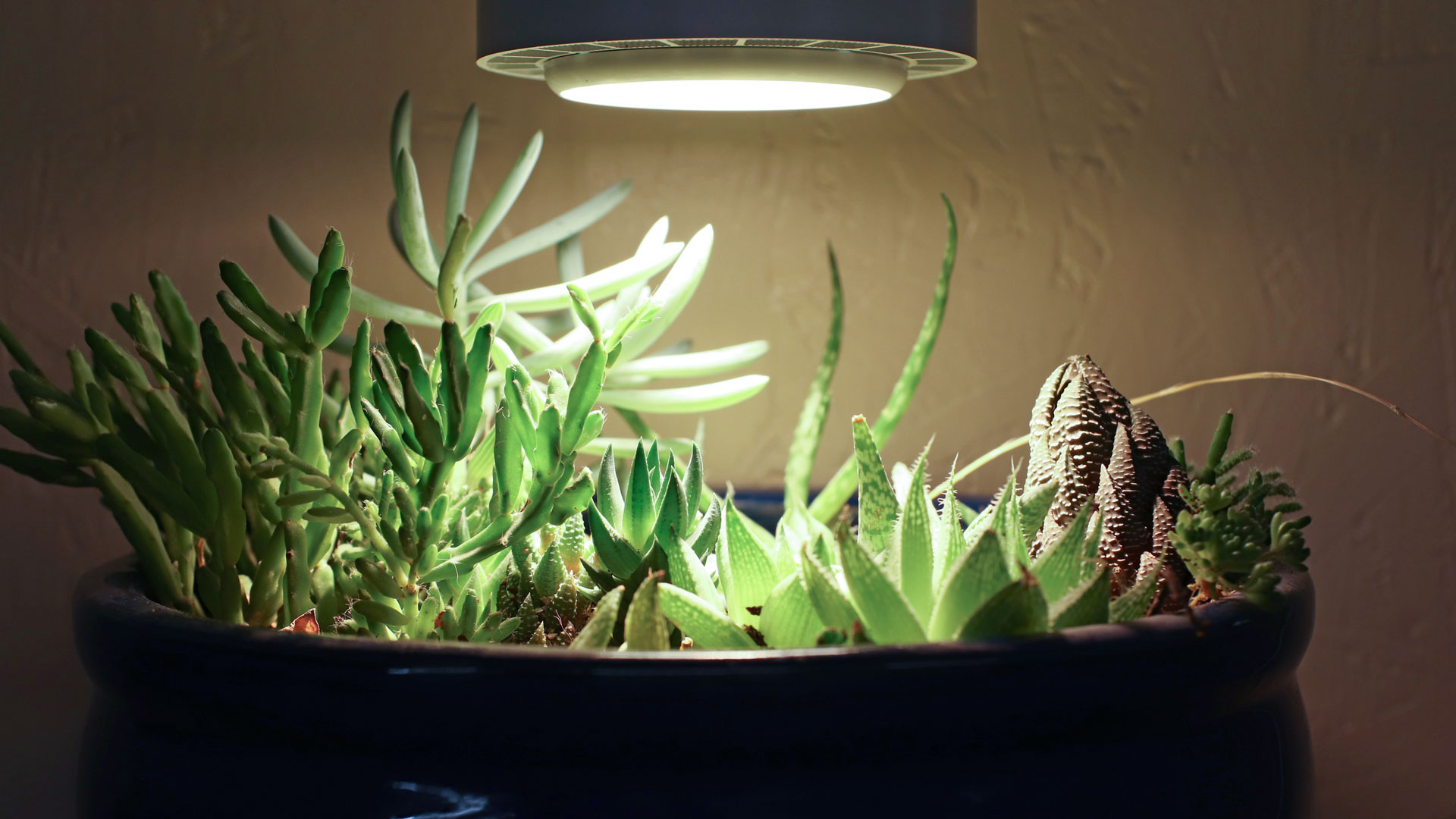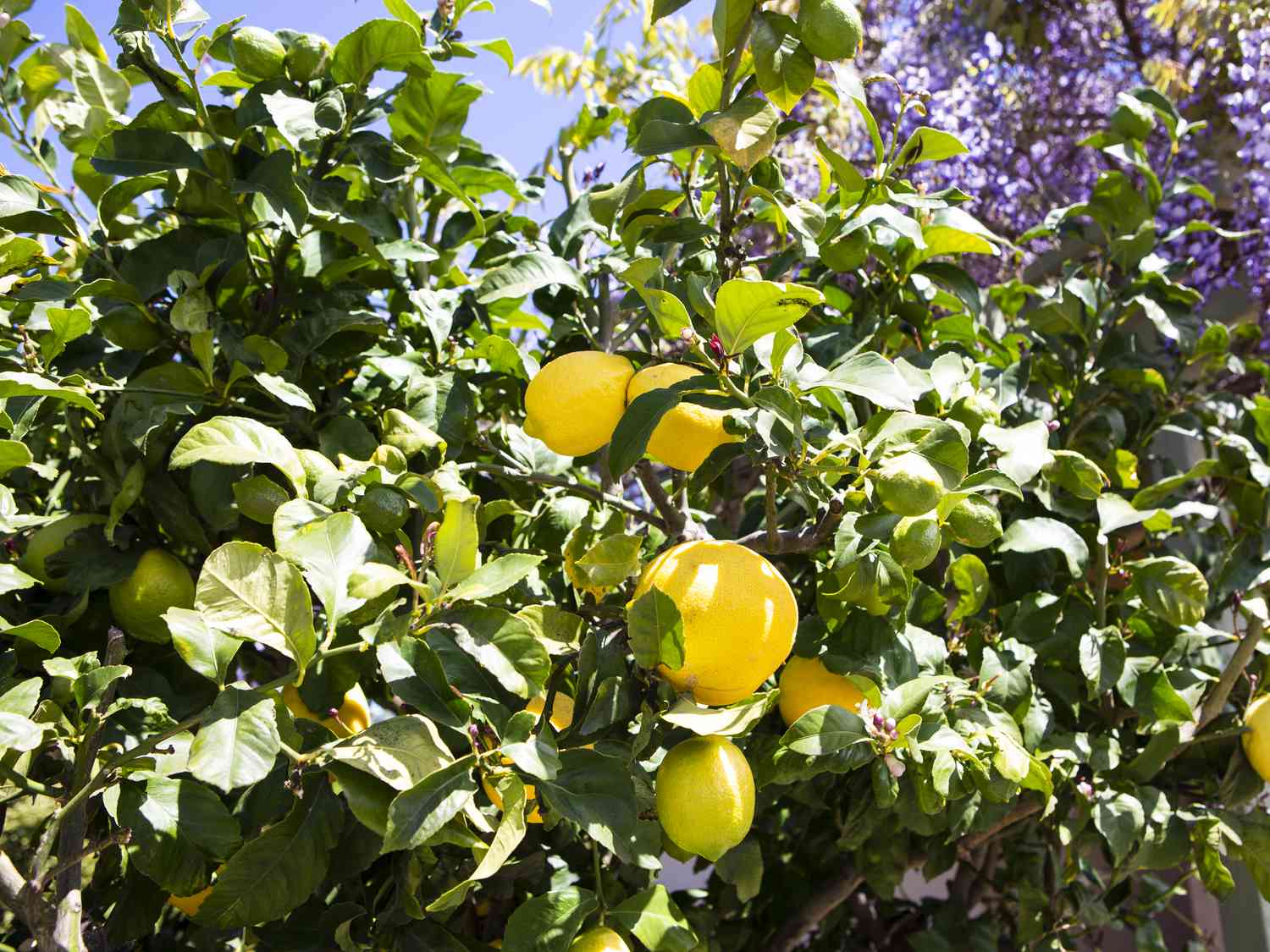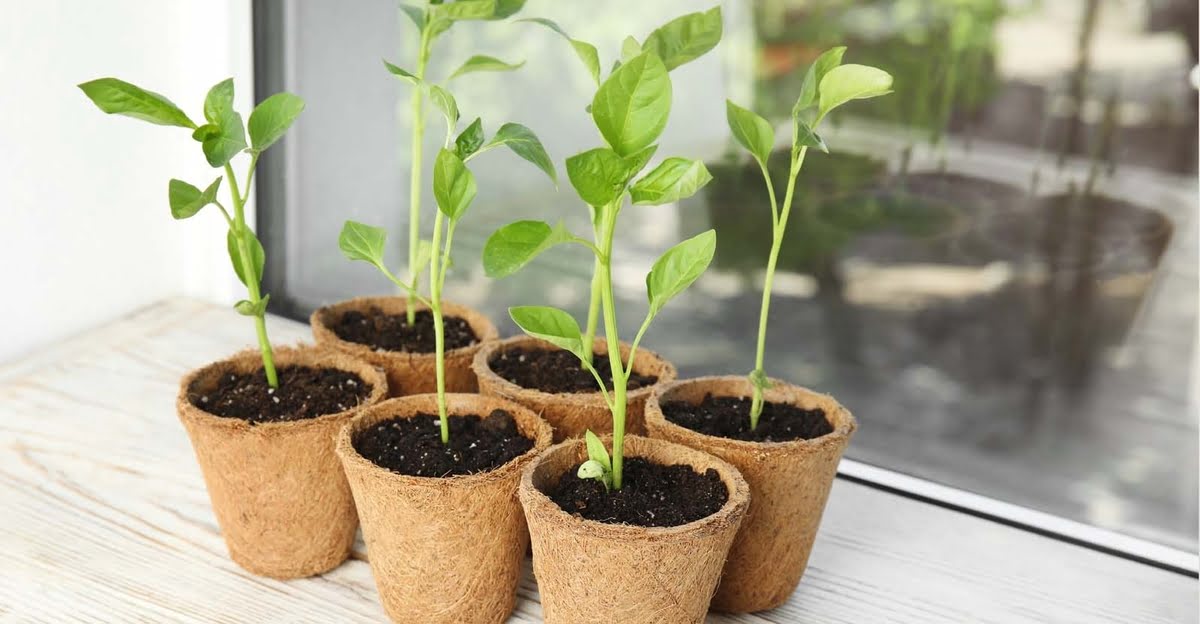Home>Gardening Basics>Understanding Soil>How Much Topsoil Do I Need for Sod
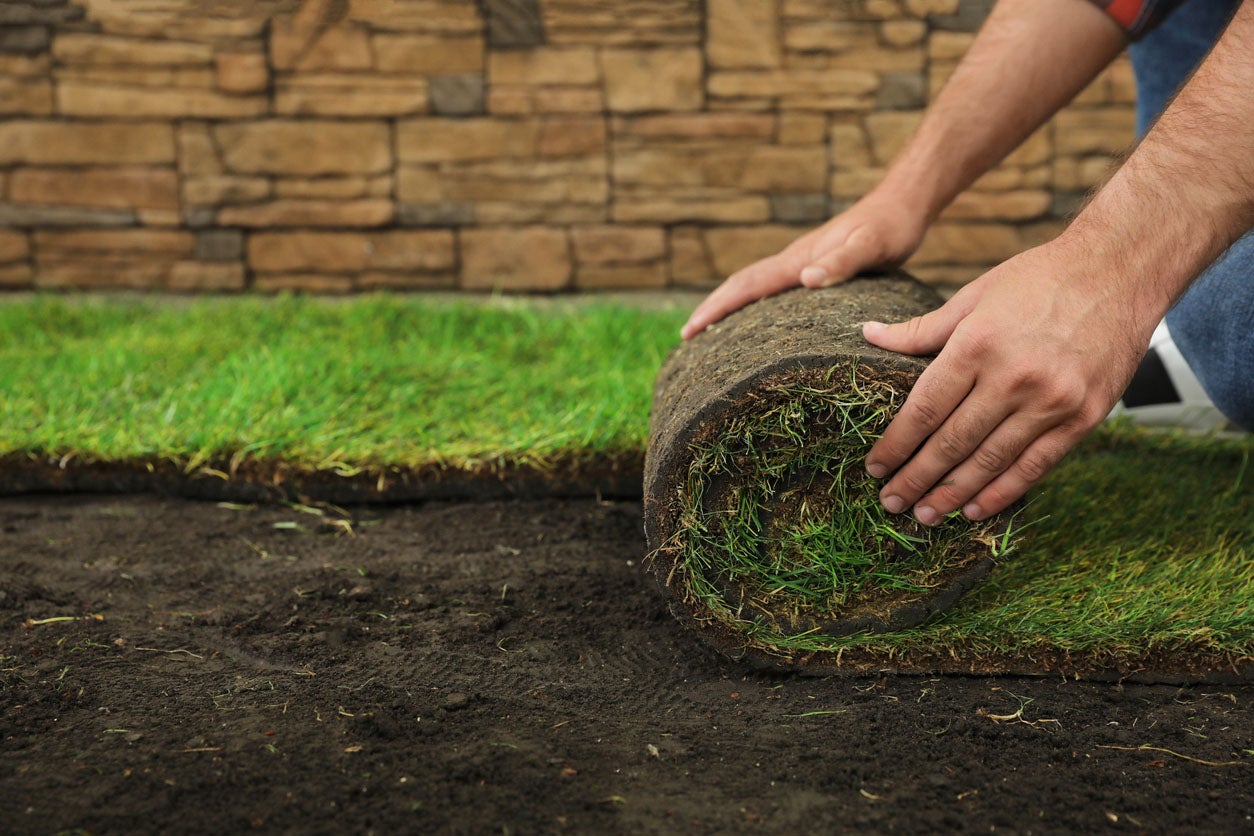

Understanding Soil
How Much Topsoil Do I Need for Sod
Modified: February 10, 2024
Understanding soil is crucial for determining how much topsoil you'll need for your sod project. Learn more about soil and its impact on successful sod installation.
(Many of the links in this article redirect to a specific reviewed product. Your purchase of these products through affiliate links helps to generate commission for Chicagolandgardening.com, at no extra cost. Learn more)
Table of Contents
Introduction
Welcome to the world of soil! If you’re here, you probably have a deep appreciation for the importance of soil in supporting the growth and health of plants. Soil acts as a foundation for plant roots, providing them with essential nutrients, water, and oxygen. One crucial component of soil that plays a significant role in the success of plant growth is topsoil.
Topsoil is the uppermost layer of soil, typically ranging from 2 to 8 inches in thickness, and it is rich in organic matter, minerals, and microorganisms. It is the layer where most of the biological activity occurs and where plants anchor their roots to extract essential nutrients. Topsoil is vital for establishing healthy sod, which refers to the layer of grass and plant roots that is typically transferred to a new location for quick lawn establishment.
In this article, we will explore the importance of topsoil for sod and discuss the factors that influence the amount of topsoil required for successful sod installation. We will also delve into various methods for calculating the appropriate amount of topsoil needed, taking into consideration the specific needs of the sod area.
So, whether you’re a landscaper, homeowner, or gardening enthusiast, understanding the significance of topsoil for sod is crucial for achieving a lush and vibrant lawn. Let’s dive deeper into the world of topsoil and explore how to determine the right amount for your sod installation needs.
Definition of Topsoil
Before we delve into the specifics of topsoil’s significance for sod, let’s first define what topsoil actually is. Topsoil refers to the uppermost layer of soil, located between the surface and the subsoil layers. It is the layer that is most influenced by environmental factors and is rich in organic matter, microorganisms, minerals, and nutrients that are vital for plant growth.
Topsoil is typically darker in color due to the higher concentration of organic matter, such as decomposed plants and animals. This organic matter contributes to the soil’s fertility and its ability to retain water and nutrients. The presence of microorganisms in topsoil helps break down organic matter, releasing nutrients that can be absorbed by plant roots.
Furthermore, topsoil is home to a vast array of organisms, including earthworms, bacteria, fungi, and other beneficial microorganisms. These organisms play a crucial role in maintaining the overall health and structure of the soil. They help in the decomposition of organic matter, improve soil structure, and enhance nutrient cycling.
Topsoil depth can vary depending on the location and geological factors. Generally, it ranges from 2 to 8 inches in thickness, but this depth can be deeper in some regions. The quality of topsoil can also vary, depending on the composition and texture of the soil. Ideally, topsoil should be well-draining yet retain enough moisture for plant growth.
When it comes to sod installation, the quality and characteristics of the topsoil are crucial. It provides the foundation for the roots of the transferred grass and plants to establish and grow. Without an adequate amount of high-quality topsoil, the sod may struggle to take root and thrive.
Now that we have a clear understanding of what topsoil is, let’s explore why it is so important for successful sod installation and how it contributes to the overall health and growth of the lawn.</p
Importance of Topsoil for Sod
Topsoil plays a vital role in the successful establishment and growth of sod. Here are several key reasons why topsoil is important for sod installation:
1. Nutrient-rich foundation: Topsoil is rich in essential nutrients that are crucial for the healthy growth of plants. It contains a mix of organic matter, minerals, and microorganisms that provide the necessary elements for plant growth and development. When sod is laid on a layer of nutrient-rich topsoil, it ensures that the grass and plants have access to the nutrients they need to establish their root systems and thrive. 2. Optimal water retention: Topsoil has the ability to retain moisture, which is essential for the survival and growth of sod. The organic matter in topsoil acts like a sponge, absorbing water and preventing it from quickly draining away. This helps to keep the roots of the sod hydrated, reducing the risk of drought stress and promoting healthy growth. 3. Improves soil structure: Topsoil contains a mixture of different-sized particles, including sand, silt, and clay. This diverse composition helps to improve the overall structure of the soil. It prevents compaction, allowing roots to penetrate and spread easily. Good soil structure promotes proper drainage and aeration, preventing waterlogging and the onset of root diseases. 4. Enhances microbial activity: Topsoil is teeming with beneficial microorganisms that contribute to the overall health of the soil ecosystem. These microorganisms break down organic matter, releasing nutrients that are readily available to the plants. They also form symbiotic relationships with plant roots, helping them absorb nutrients and promoting overall plant health. 5. Promotes root development: The depth and quality of topsoil directly influence the development of root systems in sod. A deep layer of topsoil allows roots to grow downwards and spread out, anchoring the sod firmly in place. Adequate nutrients and moisture in the topsoil also encourage the development of a robust and extensive root system, which is crucial for the long-term health and resilience of the sod. By providing a nutrient-rich foundation, promoting optimal water retention, improving soil structure, enhancing microbial activity, and supporting root development, topsoil sets the stage for healthy and thriving sod. Understanding the importance of topsoil allows you to make informed decisions when it comes to sod installation, ensuring the long-term success of your lawn.
Factors Affecting Topsoil Requirements for Sod
Several factors come into play when determining the amount of topsoil needed for sod installation. It is essential to consider these factors to ensure the proper establishment and long-term health of the sod. Here are some key factors affecting the topsoil requirements for sod:
1. Existing soil quality: The quality of the existing soil in the area where sod will be installed can influence the amount of topsoil needed. If the existing soil is of poor quality, lacks essential nutrients, or has drainage issues, it may be necessary to add a thicker layer of topsoil to provide a proper growing medium for the sod. 2. Slope and grading: The slope and grade of the area can impact the topsoil requirements. Steep slopes or uneven terrain may require more topsoil to create a level surface for sod installation. Additional topsoil can help with erosion control and provide a stable base for the sod. 3. Desired sod thickness: The desired thickness of the sod itself can also affect the amount of topsoil needed. Thicker sod requires a deeper layer of topsoil to accommodate the roots and provide sufficient nutrients for sustained growth. Thinner sod may require a thinner layer of topsoil. 4. Type of sod: Different types of sod have varying root depths and growth requirements. Some sod varieties have shallower root systems, while others have deeper root systems. Understanding the specific needs of the sod type being installed helps determine the appropriate amount of topsoil required. 5. Climate and weather conditions: Climate and weather conditions impact the water retention capabilities of the soil. Areas with higher rainfall may require less topsoil, as the natural precipitation aids in maintaining soil moisture. In drier regions, additional topsoil may be necessary to retain moisture and support sod growth. 6. Intended use of the sod: The intended use of the sod can influence the topsoil requirements. If the sod area will experience heavy foot traffic or be used for recreational activities, a thicker layer of topsoil can provide better resilience and durability. It is important to evaluate these factors and adapt the topsoil requirements accordingly. Consulting with a landscaping professional or soil expert can help determine the specific needs of your sod installation project and ensure the right amount of topsoil is applied for optimal growth and sustainability. By considering factors such as existing soil quality, slope and grading, desired sod thickness, sod type, climate and weather conditions, and the intended use of the sod, you can determine the ideal topsoil requirements for your sod installation project. Taking these factors into account will help create a solid foundation for the sod and promote healthy growth for years to come.
Methods for Calculating Topsoil Amount for Sod
Calculating the right amount of topsoil needed for sod installation is crucial to ensure proper coverage and optimal growth. Several methods can be employed to determine the quantity of topsoil required for your specific project. Here are a few commonly used methods:
1. Area measurement: The simplest and most straightforward method is to measure the area where the sod will be installed. Measure the length and width of the area in feet and multiply these values to obtain the square footage. For irregularly shaped areas, divide them into smaller sections and calculate the square footage of each section separately. Once you have the total square footage, you can estimate the amount of topsoil needed based on the desired thickness. 2. Depth estimation: Determine the desired thickness of the topsoil layer for your sod installation. This can vary depending on factors like the soil quality, sod type, and intended use of the area. The recommended thickness is usually around 2 to 4 inches. Multiply the desired thickness by the square footage to calculate the volume of topsoil required in cubic feet. 3. Online topsoil calculators: Another convenient option is to utilize online topsoil calculators. These tools require inputs such as the dimensions of the sod area and the desired topsoil depth. The calculator will then provide an estimate of the amount of topsoil needed in cubic yards or cubic feet. Remember to double-check the recommended depth and adjust it according to your specific requirements. 4. Professional consultation: When in doubt or if you have a complex sod installation project, it is advisable to consult with a landscaping professional or soil expert. They have the expertise to assess the specific requirements and conditions of your project. They can also perform soil tests to determine the existing soil quality and make more accurate recommendations regarding the topsoil amount and composition needed. It is important to keep in mind that these methods provide estimates and may not account for variations in soil conditions and uneven terrain. Adding a bit extra topsoil to your calculation can help compensate for any discrepancies and ensure sufficient coverage. By utilizing area measurements, estimating the desired topsoil thickness, using online calculators, or seeking professional advice, you can accurately calculate the amount of topsoil required for your sod installation project. Taking the time to make these calculations will contribute to the overall success and health of your sod, providing an optimal growing environment for a lush and vibrant lawn.
Example Calculations
To help illustrate how the aforementioned methods can be applied, let’s consider a hypothetical scenario:
Scenario: You have a rectangular area in your backyard where you plan to install sod. The dimensions of the area are 30 feet in length and 20 feet in width. You’ve determined that a topsoil thickness of 3 inches will be ideal for your sod installation. Method 1: Using the area measurement method, calculate the total square footage of the sod area by multiplying the length by the width: Square footage = 30 ft x 20 ft = 600 square feet. Method 2: Estimate the volume of topsoil required by multiplying the desired topsoil thickness by the square footage: Volume = 600 sq ft x 3 inches = 1,800 cubic feet. Method 3: Utilize an online topsoil calculator to input the dimensions (30 ft x 20 ft) and the desired topsoil thickness (3 inches). The calculator may provide the estimated topsoil amount in cubic yards (for reference, 1 cubic yard is equivalent to 27 cubic feet). Method 4: Consult with a landscaping professional or soil expert who can conduct a soil test and provide tailored recommendations based on the specific conditions of your sod area. Keep in mind that these calculations serve as examples and may vary based on individual circumstances. The key is to accurately measure the area and determine the desired topsoil thickness to ensure sufficient coverage and optimal sod growth. By employing these methods, you can make informed decisions about the amount of topsoil needed for your sod installation. Always consider any additional factors such as terrain variations, existing soil quality, and the intended use of the area to ensure the long-term success of your sod project.
Conclusion
Understanding the importance of topsoil for sod and determining the appropriate amount needed for your project is crucial for achieving a healthy and thriving lawn. Topsoil provides the necessary nutrients, moisture retention, improved soil structure, microbial activity, and support for root development, all of which are essential for the successful establishment and growth of sod.
Factors such as existing soil quality, slope and grading, desired sod thickness, sod type, climate and weather conditions, and the intended use of the sod area all play a role in determining the amount of topsoil required. By considering these factors and employing methods such as area measurement, depth estimation, online topsoil calculators, or seeking professional consultation, you can accurately calculate the amount of topsoil needed for your specific sod installation project. Taking the time to ensure the right amount of topsoil is applied will contribute to the overall success of your sod project, providing a solid foundation for the roots to establish and flourish. Proper topsoil coverage promotes nutrient uptake, water retention, and overall plant health, resulting in a lush and vibrant lawn that you can enjoy for years to come. So, whether you’re a homeowner or a landscaping professional, remember to prioritize the quality and quantity of topsoil for your sod installation project. By doing so, you’ll create the optimal conditions for your sod to thrive, adding beauty and value to your outdoor space.
